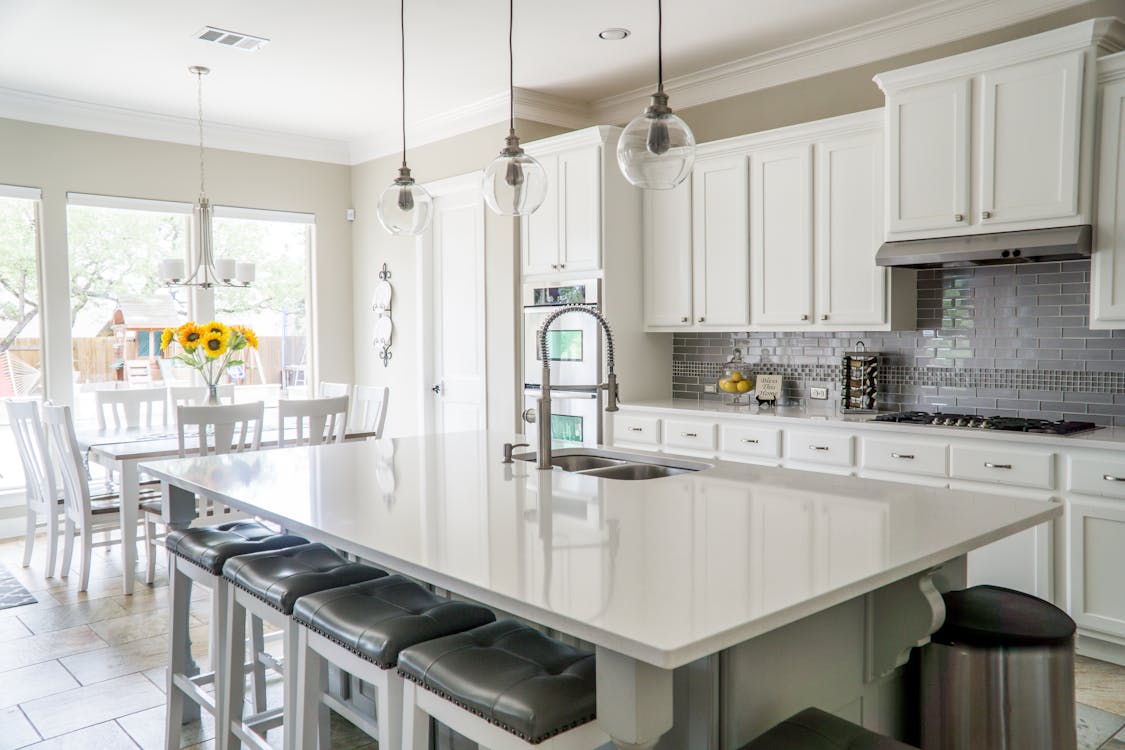How to Buy a Home in Canada: A Complete Step-by-Step Guide

Buying a home is a significant milestone for anyone, but navigating the Canadian real estate market can be overwhelming for first-time buyers. From figuring out how to buy a home in Canada to securing the right mortgage, the process can be complex.
You might be worried about rising home prices, finding the perfect neighbourhood, or making sure your offer stands out in a competitive market. It’s normal to feel uncertain when there are so many steps involved—but with the right real estate agent on your side, buying a home can even be a fun and enjoyable time.
This guide simplifies how to buy a home in Canada step by step, from determining your budget to making an offer and moving in. Understanding the process will make your journey smoother and help you make informed decisions at every step. Whether you're trying to learn how to buy a home or figure out how to get a mortgage, our team at Vuppie Real Estate is here to help simplify the process.
Step 1: Determine Your Budget and Get Pre-Approved for a Mortgage
The first step in figuring out how to buy a home in Canada is determining what you can afford. Start by looking at your financial situation—your savings, monthly income, and any existing debts. Knowing your budget will prevent you from falling in love with a home you can’t afford and will make the rest of the process much simpler.
There are many things to consider when getting a mortgage in Vancouver but one of the most crucial aspects is getting pre-approval. A mortgage pre-approval helps you understand how much a lender is willing to let you borrow and ensures you're looking at homes within your price range. This is especially important in Vancouver’s competitive market, where pre-approved buyers often have an edge. It also sets clear expectations with sellers, who will take your offer more seriously.
In Canada, there are several types of mortgages to suit different financial needs. Let’s explore them below:
Fixed Rate vs. Variable Rate
A fixed-rate mortgage keeps your interest rate and payments the same for the entire term, making it easier to budget. A variable-rate mortgage, however, fluctuates with the bank’s prime rate, which could mean lower payments when rates drop, but higher payments if rates increase. The choice depends on whether you prefer the stability of fixed payments or are comfortable with the risk for potential savings.
Short-term vs. Long-term
A short-term mortgage (1–3 years) typically has lower rates and is a good choice if you plan to move or refinance soon. A long-term mortgage (4–10 years) locks in your rate for a longer period, offering more stability if you expect to stay in your home and want predictable payments.
Closed Mortgages vs. Open Mortgages
A closed mortgage offers lower rates but limits your ability to make large payments or pay off the mortgage early without penalties. In contrast, an open mortgage gives you the freedom to pay off your mortgage whenever you want but comes with higher interest rates. Open mortgages are ideal for those expecting to sell their home soon or make big lump-sum payments.
Readvanceable Mortgage
This type combines a traditional mortgage with a line of credit. As you pay down the mortgage, you can borrow back the principal you’ve repaid without needing to apply for new credit. It’s a flexible option for those with at least 20% equity in their home, perfect for handling unexpected expenses or making investments.
Step 2: Choose the Right Location and Type of Home

Next, it’s time to think about how to buy a home that suits your needs, starting with the location.
Finding the right neighbourhood is just as important as finding the right house. Whether you’re a young professional, a family with kids, or someone looking to retire, choosing a location that aligns with your lifestyle is critical. Consider factors like your job, distance to schools, parks, shopping, and public transport.
As for the type of home, you have a few choices. Condos are great if you’re looking for lower maintenance and shared amenities, while townhouses provide more space but still come with fewer responsibilities than a detached house. Single-family homes are the best option for privacy but tend to require more upkeep.
Choosing the right type of home will ultimately depend on your budget and lifestyle. A seasoned Vancouver Realtor can help you understand the pros and cons of each, guiding you toward a home that fits both your current needs and future plans.
Step 3: Making an Offer and Negotiation
After you’ve found your ideal home, the next step is making an offer. This can be one of the most nerve-wracking parts of learning how to buy a home for some people, but it doesn’t have to be stressful if you’re prepared. An offer includes more than just the price—it should also cover contingencies like home inspections, the closing date, and any other specific conditions you want met.
Negotiating the offer is another key part of the process. Sellers may come back with a counteroffer, so be prepared to negotiate on price, conditions, or even closing dates. Knowing when to push and when to accept is crucial, and your real estate agent will play a huge role in this. With their negotiation skills, they’ll help you get the best deal without overpaying, ensuring that you’re comfortable with the final price and terms.
Step 4: Closing the Deal and Moving In
Once your offer has been accepted, the final step in how to buy a home in Canada is closing the deal. This involves signing the necessary paperwork, transferring funds, and handling all the legal aspects of the transaction. Closing costs typically include legal fees, land transfer taxes, and inspection fees, so it’s important to budget for these additional expenses.
After the paperwork is signed and the deal is sealed, it’s time to move in! Plan ahead to make your move as seamless as possible—coordinate with movers, set up utilities, and get everything ready for your new chapter. Moving into your new home is the most rewarding part of the process, and it marks the beginning of your new life as a homeowner.
Final Tips for a Successful Home Purchase in Canada

Buying a home is a big decision, but understanding how to buy a home in Canada step by step will make the journey smoother. Start by getting your finances in order, securing a mortgage, and working with experienced professionals like real estate agents to guide you through the process. Whether it’s figuring out how to get a mortgage or choosing the perfect neighbourhood, the right preparation will ensure your home-buying experience is successful and stress-free.
Ready to start your home-buying journey? Reach out to us at Vuppie Real Estate for personalized guidance every step of the way. Whether you're a first-time buyer or looking to invest, our team of experienced Vancouver real estate agents is here to help you find the perfect home and secure the best deal. Contact us today, and let’s get you into the perfect home!





